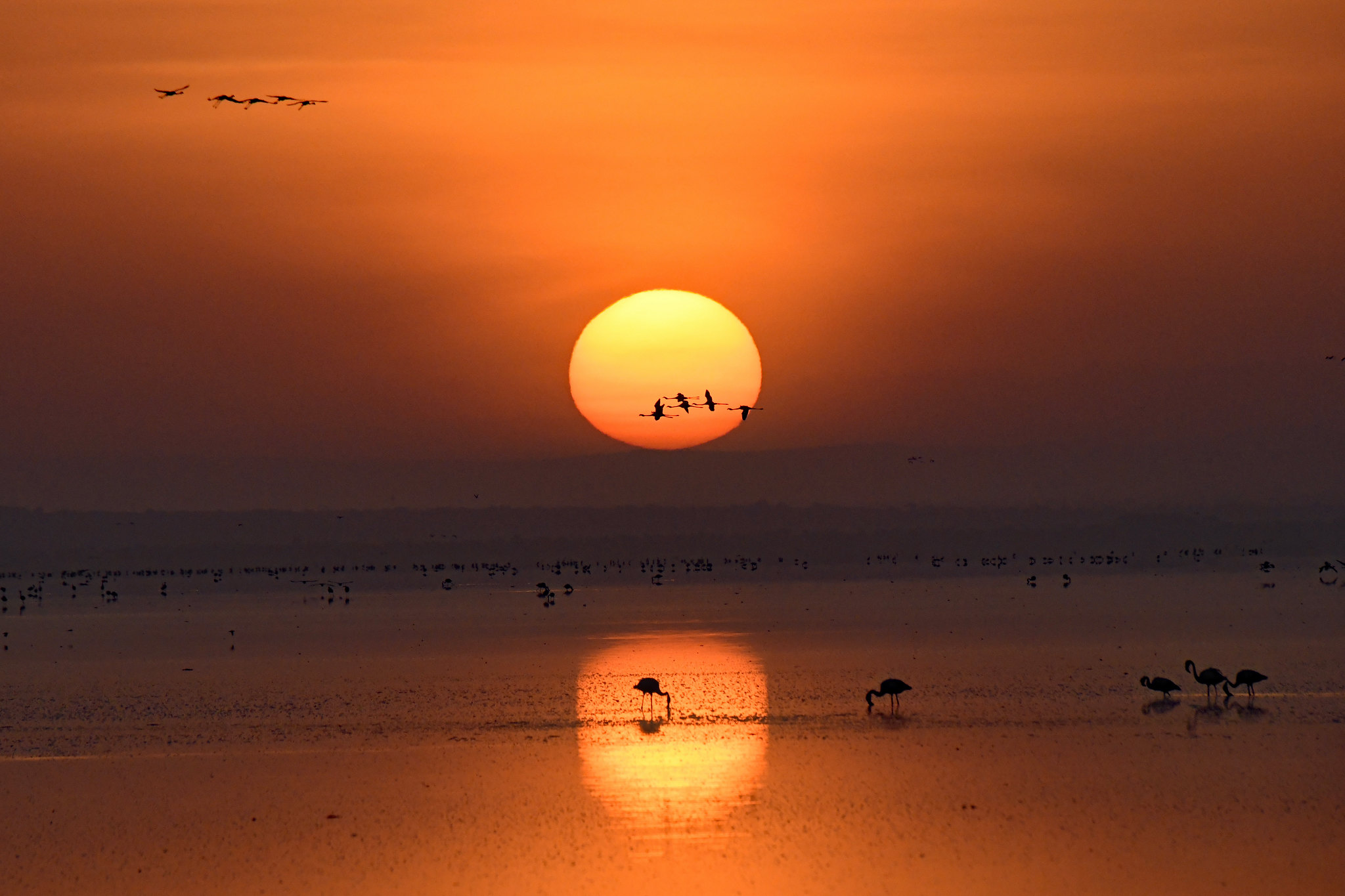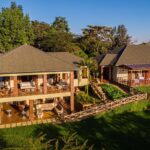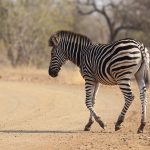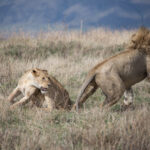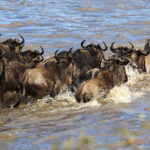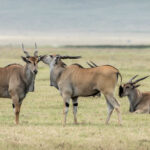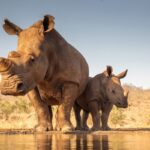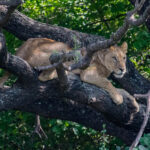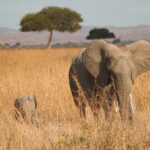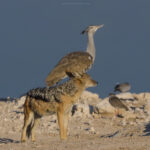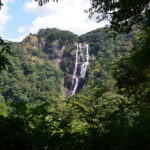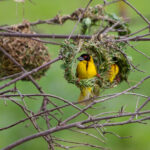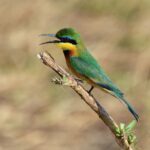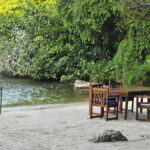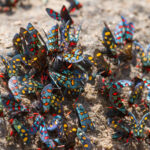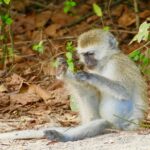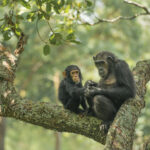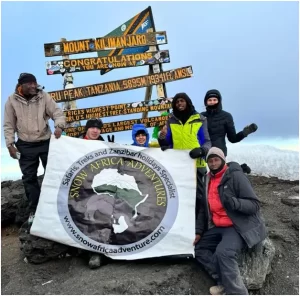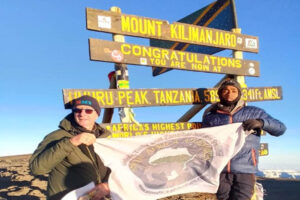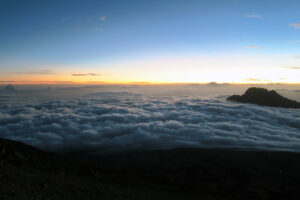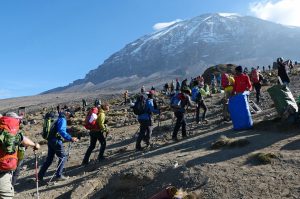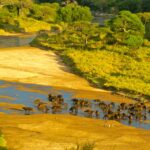Hello readers and travelers! As you know, “Great Wildebeest Migration”, is the most wonderful and largest game show of the Tanzania ecosystem. You can feel the trembling of the ground under your feet when watching the migration in live. Every year, the ecosystem of Tanzania drives the wildebeests and other herbivores to go in search for food crossing the rivers and encountering with the predators to survive. Seeking fresh grasslands and sufficient water, the wildebeests continues the migration cycle throughout the year. There are some facts about the great wildebeest migration we are going to discuss.
The Serengeti area is well known for the highest concentration of wildlife with the highest migratory animals like wildebeests, zebra, and others. In migration, the herbivores mostly wildebeests move around the serenora area. Around 1.7 million wildebeests take part in the journey of 1200 miles of Serengeti-Masai Mara
The nutrient from the fresh grasses of the soiled ground makes the younger wildebeests stronger. In the great wildebeest migration, they cross the grasslands, forests, and rivers. While crossing Mara River and the Grumeti River, they face heavy currents with crocodiles.
The Yearly cycle of the great migration

Every year, the great wildebeest migration event takes place as an act played by Mother Nature. Though thousands of wildebeests get hunted and died during the migration, the herds of wildebeests continue throughout the year. During January and February, the wildebeests give birth to calves. So this season is also known as the calving season. As per the data, over half a million wildebeests are born with 8000 on the same day. The herds of wildebeests graze in the grassy plains of southern Serengeti and slowly move to the Ndutu and Ngorongoro Conservation areas to get the nutrient from the grasses of soiled area. The volcanic eruption many years ago has left the ground soiled. The fresh grasses make the milk of mother wildebeest more nutritious so that they can feed the newly born calves.
During March, the herds cross the Ndutu Lake and in April, they start the journey to the north for the central Serengeti across Maswa game reserve. In the month of May, the migrating individuals head towards the western corridors crossing the Moru Kopjes and Seronera areas for fresh grass and water. During the journey, the herds of zebras, gazelles, and buffalos join with the migration. The migration is mostly famous in the northern Serengeti area as well as the southern Serengeti area or serenora.
You can watch them on the south side of the Grumeti River during July. Before crossing the Grumeti River, the wildebeests with other animals gather in one place. The great wildebeest migration forms a condensed herd with a large scale. While crossing the river, the herds face crocodile attacks and thousands are dead, but still, they continue to move. With a larger scale, the migration moves northwards through Northern Serengeti during July and August. So it is also called as Serengeti great wildebeest migration. During July, the huge group gets divided into two groups, one moves towards the Grumeti Reserve and the other moves towards the Serengeti National Park.
During August, the great wildebeest moves towards the north-west through Ikorongo. Between August and September, the great wildebeest migration enters into the northern part of Serengeti national park and crosses Mara River. Mara River is a great obstacle for the herds of wildebeests. During this time, you can watch the encounter between the wildebeests and crocodiles with other predators. Between August and October, the great wildebeest migration enters into Kenya’s Masai Mara game Reserve. Through Lolindo and east side of Serengeti National park, the great migration heads towards the south following the rain.
In December, the herds of wildebeests reach on the short-grass plains of the southern Serengeti area by following the rain. The cycle starts again.
Why do they migrate?

The rain has been a major factor that drives the wildebeests to do a massive movement to seek fresh grass and plenty of water. they always tend to look for wet grasslands, to get fresh grass and water.
Most important facts about great wildebeest migration are feeding and making the newly born calves stronger. Therefore, you can see the migration starts after the calving season of January and February. Another fact is plenty of water with new and short grass after the rain makes a nutritious composition for both mother wildebeests and the calves.
Overall, the Serengeti-Masai Mara ecosystem drives the wildebeest to move continuously. The Serengeti area is full of vegetation, which drives the herds to move around the area to graze.
What makes this event so grand?
The great wildebeest migration is the most wonderful show in the world. It is the best wildlife event the nature lover can experience and it is one of the greatest wonders of the world. The spectacular view and the ground trembling feeling of the migratory animals can touch your heart. From the sky and mountain or hill areas, the migratory animals look like a never-ending group of ants.
It is an annual event where wildebeest, zebra, gazelle, and other animals take part in search of nutritious food and plenty of water. In this event, over 2 million mammals go on the journey crossing different landscapes and rivers like Mara River, Grumeti River, etc. Serengeti great wildebeest migration is the largest terrestrial mammal migration in the world. It is not just the movement in a circulatory circuit; it’s an event where the wildebeests give birth to their new calves.
The migration is the game of the animals where the fittest will survive longer. Over millions of antelopes, zebras join with the wildebeests during the great wildebeest migration and also watched by predators like crocodiles and lions for being hunted. You can see how the ecosystem works when there is fighting between the predator and prey for survival.
This is the breathtaking event on the earth by the ecosystem. Every people who love wildlife, have a dream to watch this event live and patiently. This is the journey where anyone can see the endless journey of life on this earth in search of food and water.
Dry seasons between July and October are the best time to go for the safari to watch migration in Serengeti National park and Masai Mara Reserve. As it consists of over 2 million mammals you should watch once in your life. It is the greatest showcase of Tanzania wildlife. It shows the survival cycle of the ecosystem from top to bottom.

